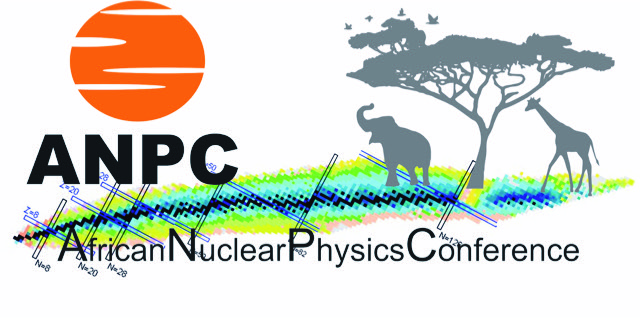Speaker
Description
The past decade has seen an increase in studies dedicated to understanding the low-lying electric dipole (E1) response, commonly referred to as the Pygmy Dipole Resonance (PDR). These studies revealed that the PDR has a mixed isospin nature, and that the use of complimentary probes is needed to fully understand this response. Since majority of studies on the PDR focussed on spherical nuclei, the influence that deformation has on the PDR response is yet to be understood.
Preliminary (p,p’) studies on 154Sm performed at RCNP, showed potential evidence for a splitting in the PDR response similar to that of the Giant Dipole Resonance with deformation [1]. A tentative interpretation suggested that this splitting could be connected to the splitting of the resonance structure with respect to the K quantum number. In another investigation, liquid drop model calculations comparing the ratio between the transition probability of K=0 and K=1 contributions for the isovector and iscoscalar components of the PDR respectively, showed that the isoscalar part varies more dramatically with deformation [2].
Therefore, studies using the (α,α’γ) inelastic scattering reaction were performed on the spherical 144Sm and prolate deformed 154Sm at iThemba LABS. The experiments made use of the K600 magnetic spectrometer in 0° mode in co-incidence with BaGeL (Ball of High-Purity Germanium and large volume LaBr 3 :Ce detectors). In this talk, we will present the recent results of this study.
[1] A.Krugmann, PhD Thesis, (2014).
[2] M.Faccioli, J.A. Lay, A. Vitturi, M.V. Andrés, E.G. Lanza (to be published).

